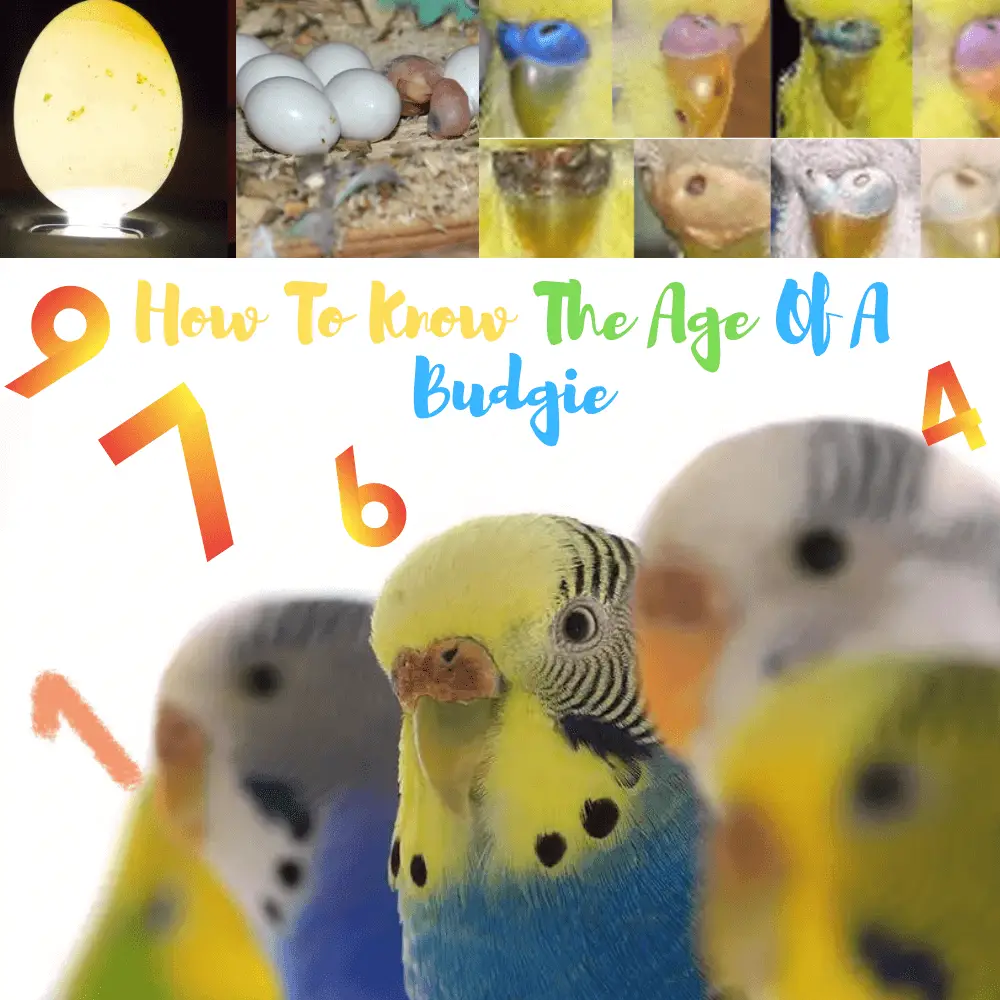
How to know the age of a budgie: You can easily determine the age of a budgie. Several telltale signs will help you know if it is a chick, a young bird, or an adult. Start by looking for light or striped feathers on budgie’s head. Then observe its beak and eyes. While it is easy to know if a budgie is in these age ranges, it is not possible to know exactly the age of an older parakeet just by looking at it. However, you can determine the age of most of these parakeets by contacting the breeder or the previous owner who sold them to you. or a pet store or simply by examining their ring,
The age of the Budgie bird
Once you are an adult, it is difficult to identify the precise age of your Wavy Parakeet, but when it is less than a year old, it is quite possible for you to more accurately identify its age thanks to its ripples, eye, wax, spots, and beak.
Their ripples
For budgies with a mutation that does not mask the ripples, you can partly define their age thanks to them, but especially make the difference between young budgies and adults. Before their first molt, which takes place between their 4th and 6th month, the ripples are present all over the forehead to the top of the wax. After the first molt, the ripples do not are present only from the top of the forehead between the eyes.
At 3 weeks, at 3 months, at 4 months during its molt, and at 6 months the past moult
Their eyes
Their wax
The wax of juvenile parakeets is between pale purplish-pink and pale bluish-pink. The male’s wax becomes a clearly pronounced blue over the weeks, while the female’s wax becomes white, light blue, or beige. Some mutations modify the color of the wax as we have already seen, so it will be more difficult to judge the age.
Their spots and ear spots
Their beak
Their legs and plumage
The sex of the wavy parakeet
The sex of the Wavy Parakeet is very easy to identify thanks to its wax, the flesh that surrounds the nostrils, just above the beak.
The male
In the adult male, the wax is pronounced blue when raw. The contour of the nostrils may be lighter or a slightly paler blue, so the wax may be a heterogeneous blue but it is not never pale blue. With some mutations such as Danish Magpie, the color of the wax is modified, it tends towards pink-purplish, this being due to the partial disappearance of melanin.
In juvenile males, the wax is often pink-purplish or pale bluish, and over the weeks the blue becomes more and more pronounced until the color of the wax no longer leaves possible doubt.
The Female
In the female, the wax is white, light bluish to light pink when young, then tends to creamy white to beige after its first molt, and finally becomes brown during the ascents Hormonal. Once, an adult, its wax is in light and beige tones apart from hormonal surges. Females with blue wax cannot be confused with males since Their wax is very pale and the contour of the nostrils much clearer.
In juvenile females, the wax is rather white, bluish very pale to pale pink in albino and pixie mutations.
How old is your Budgie? What is your Budgie’s age?
SOURCE:Budgie World




















